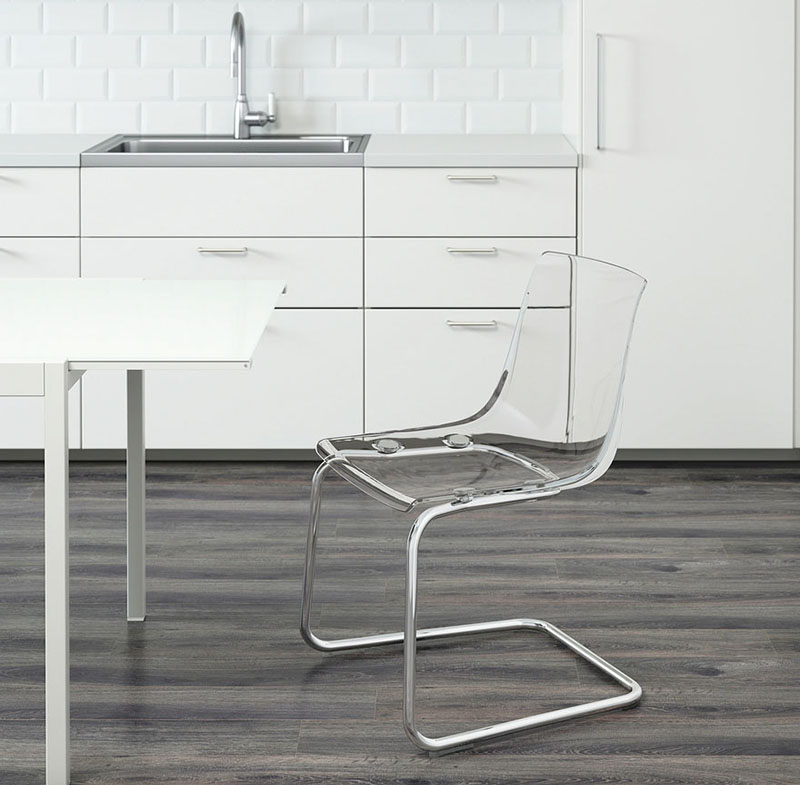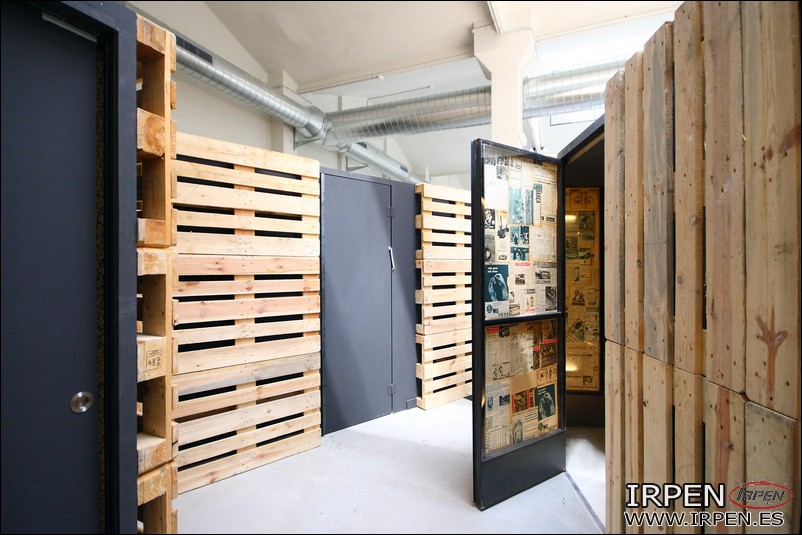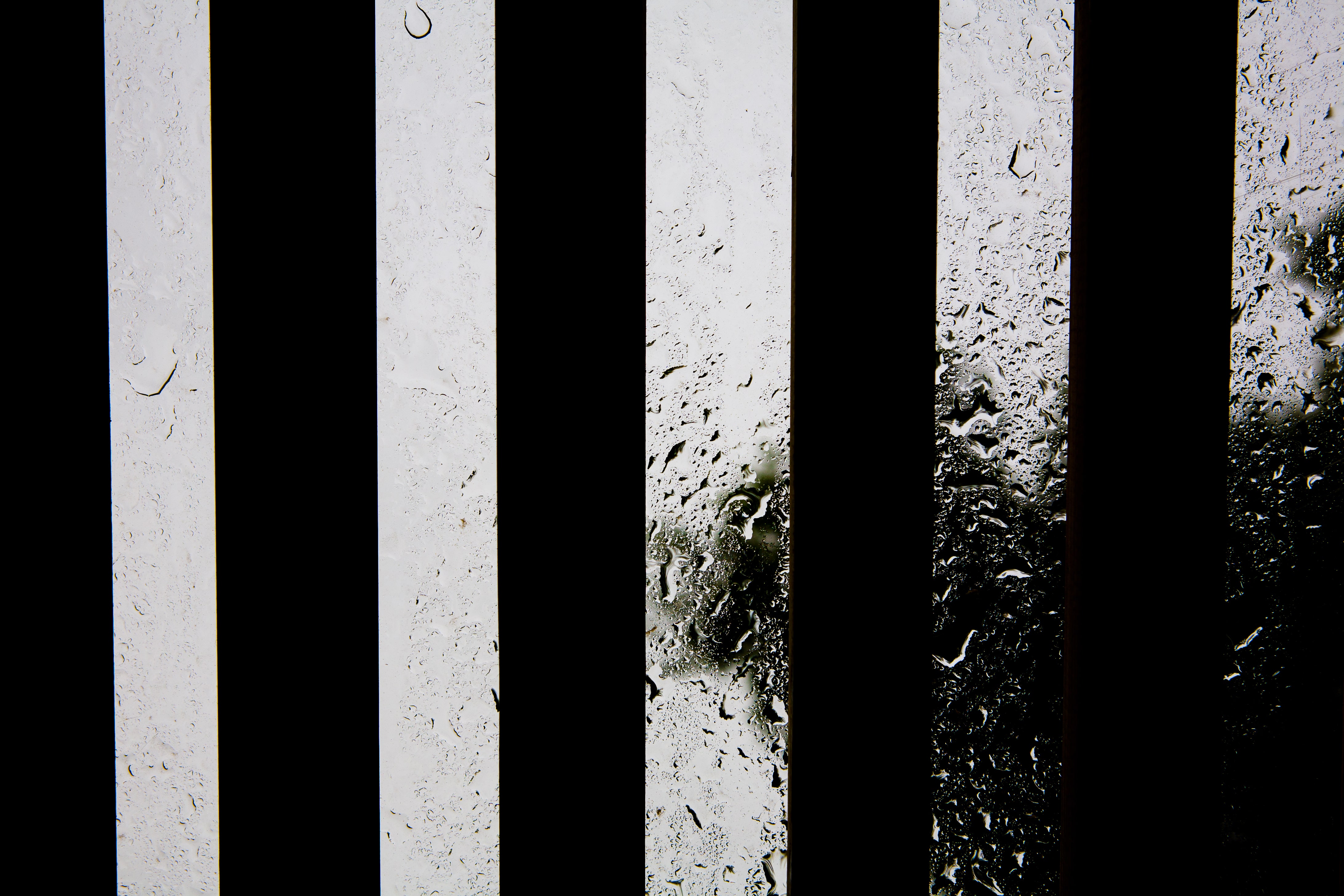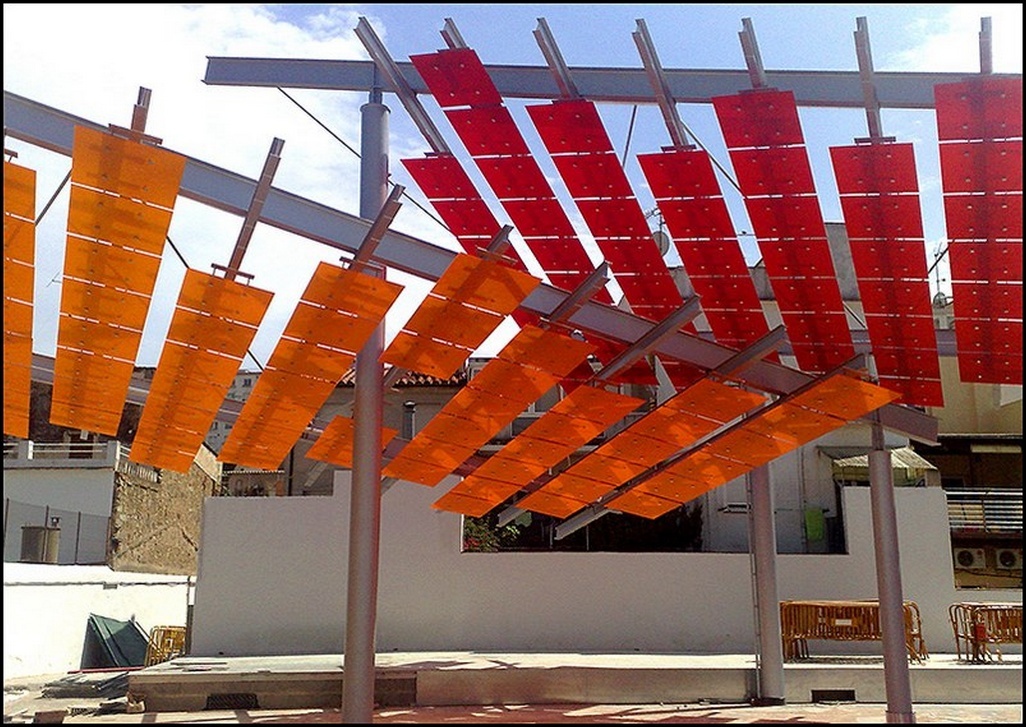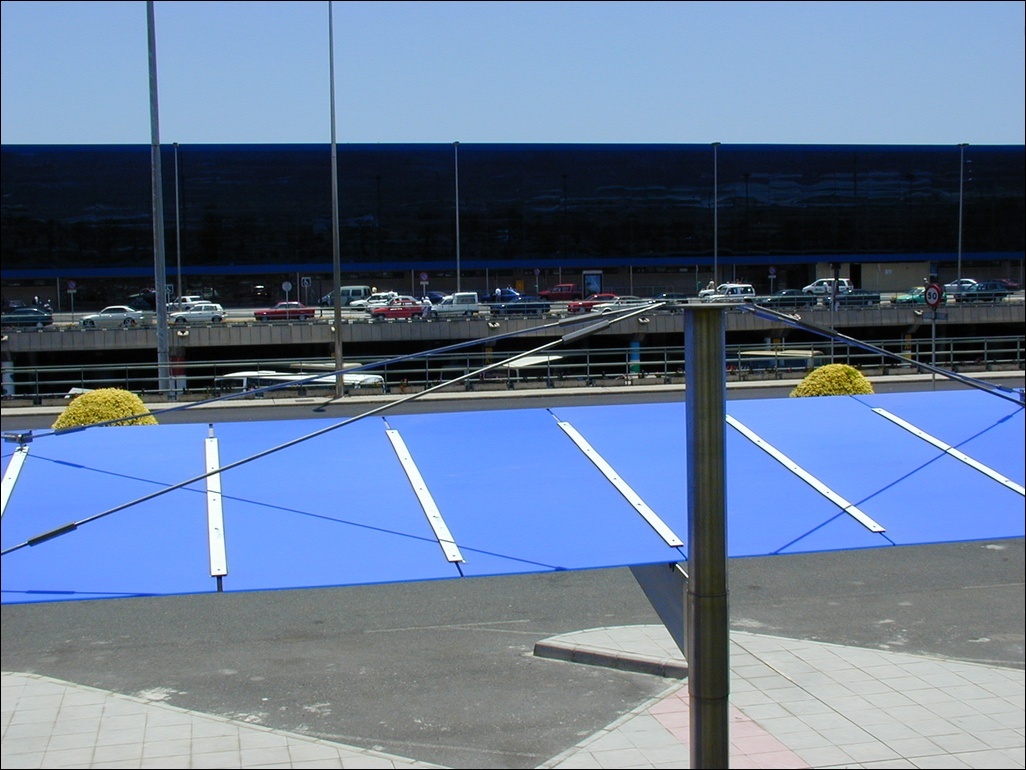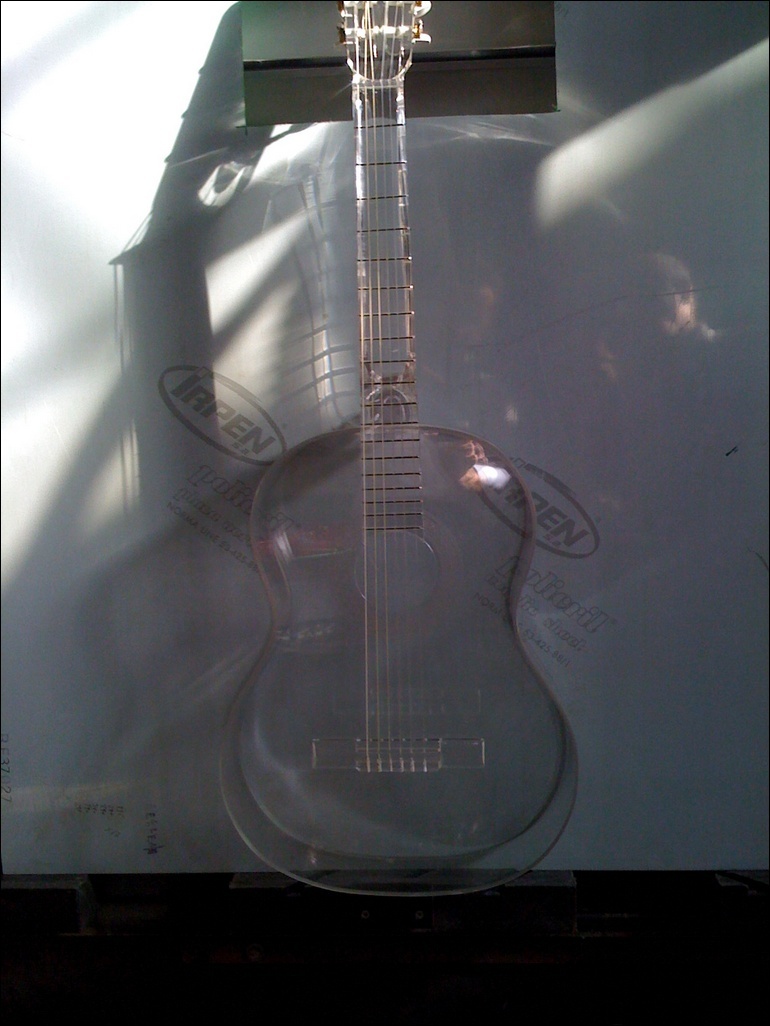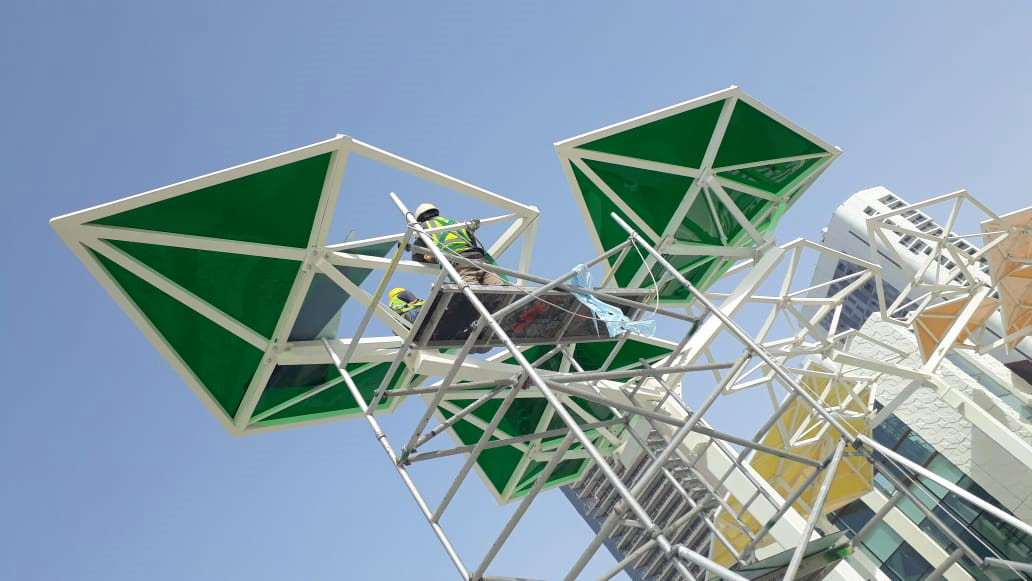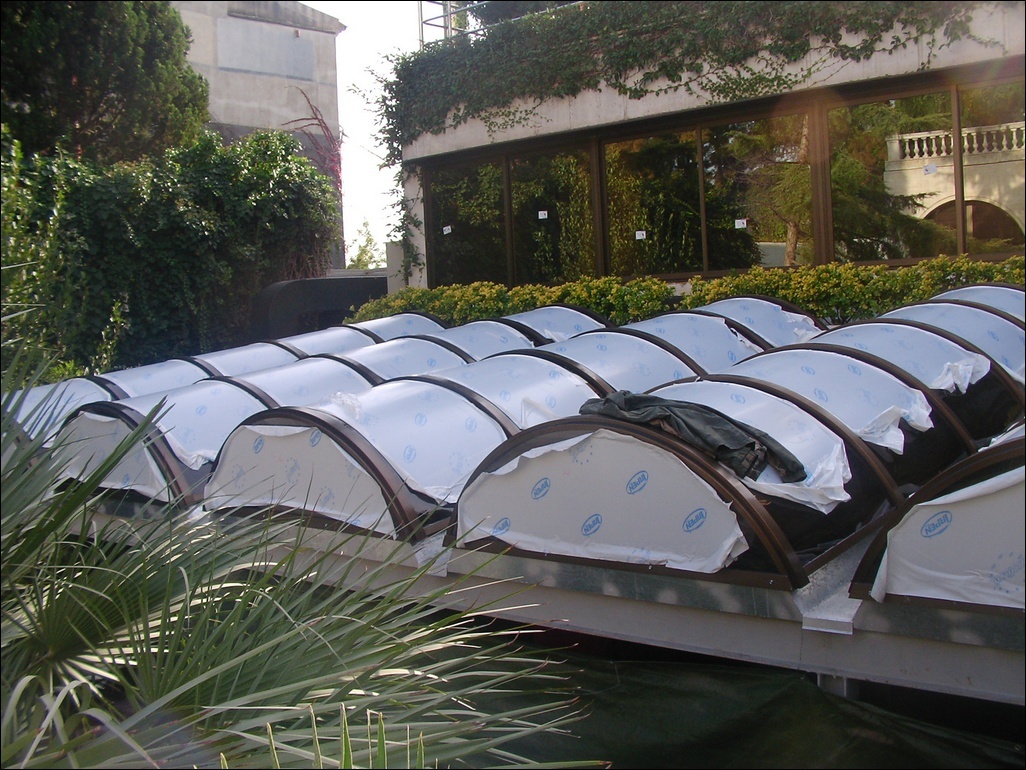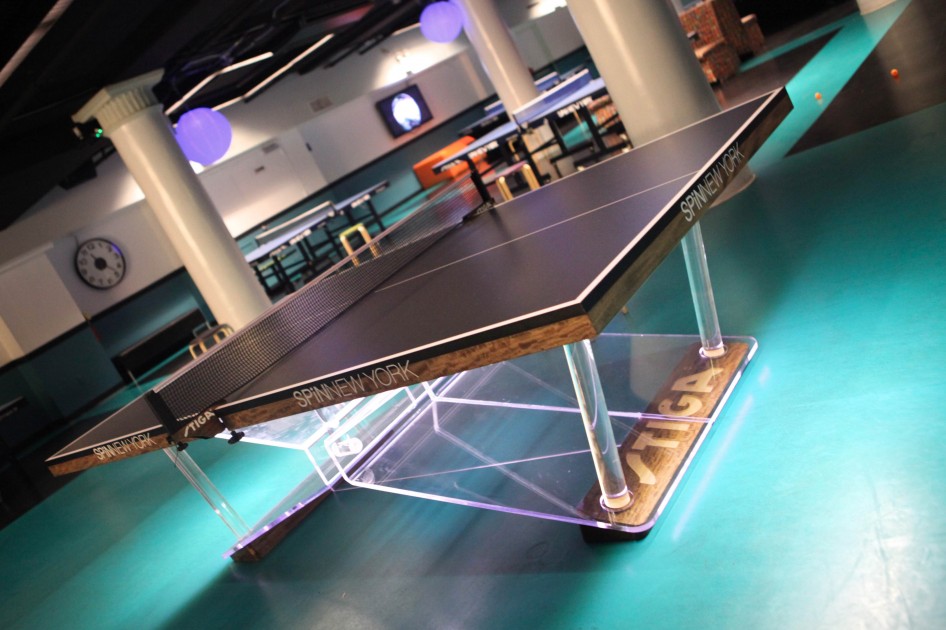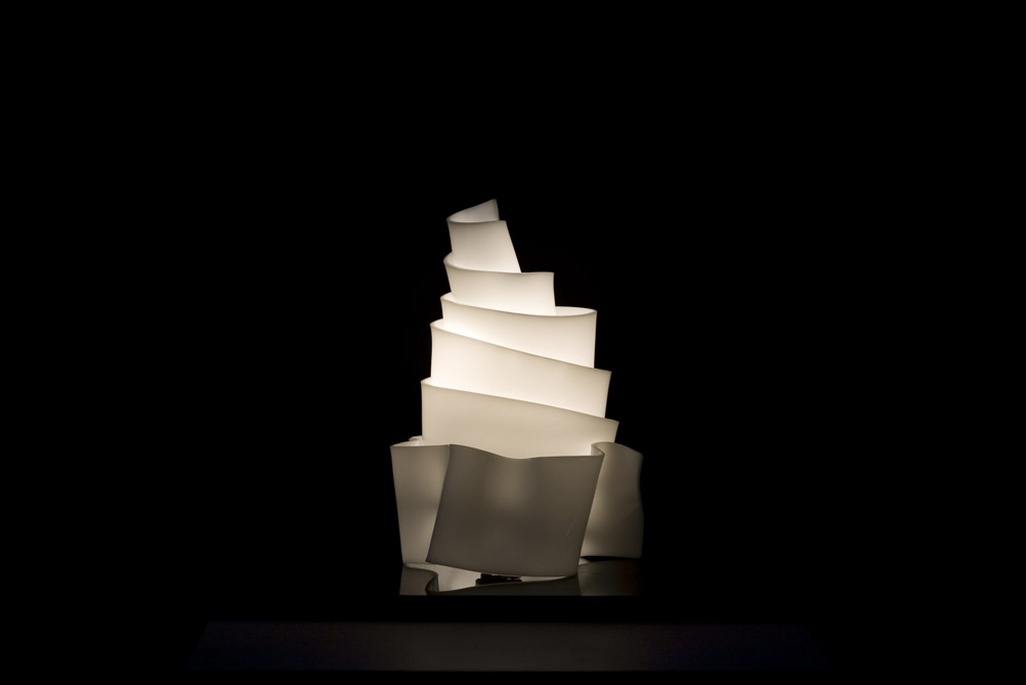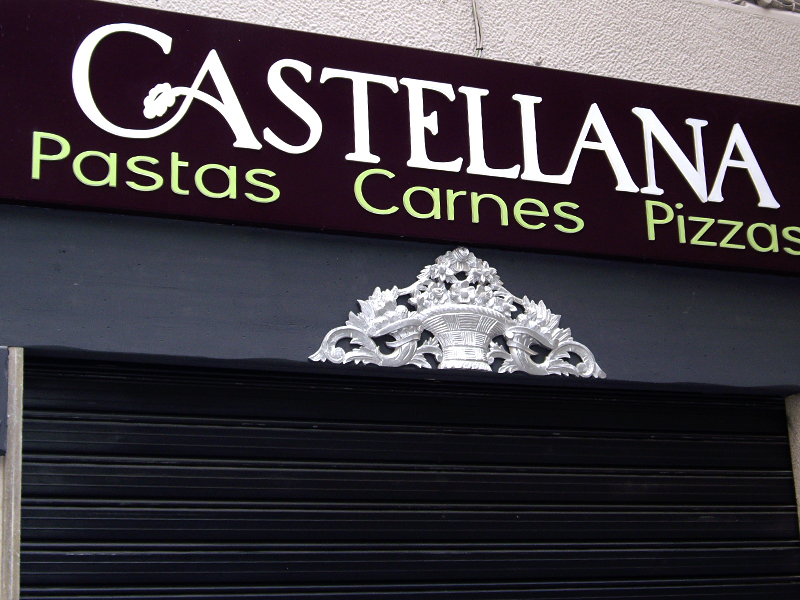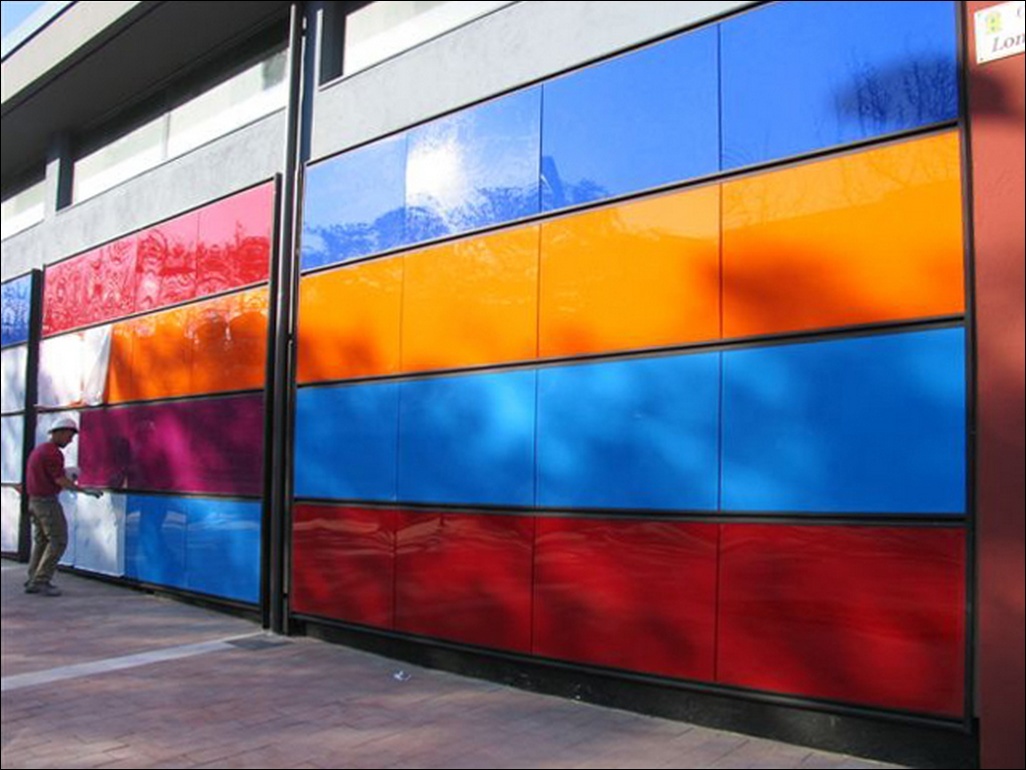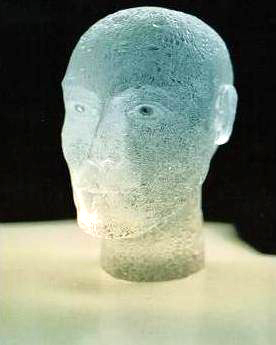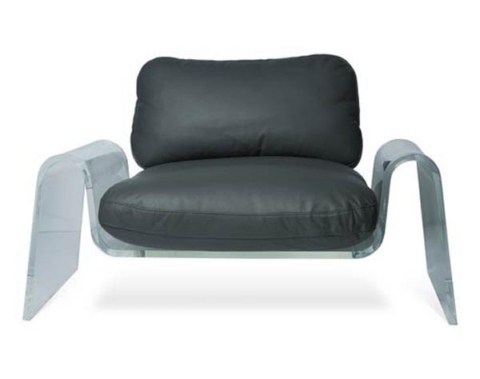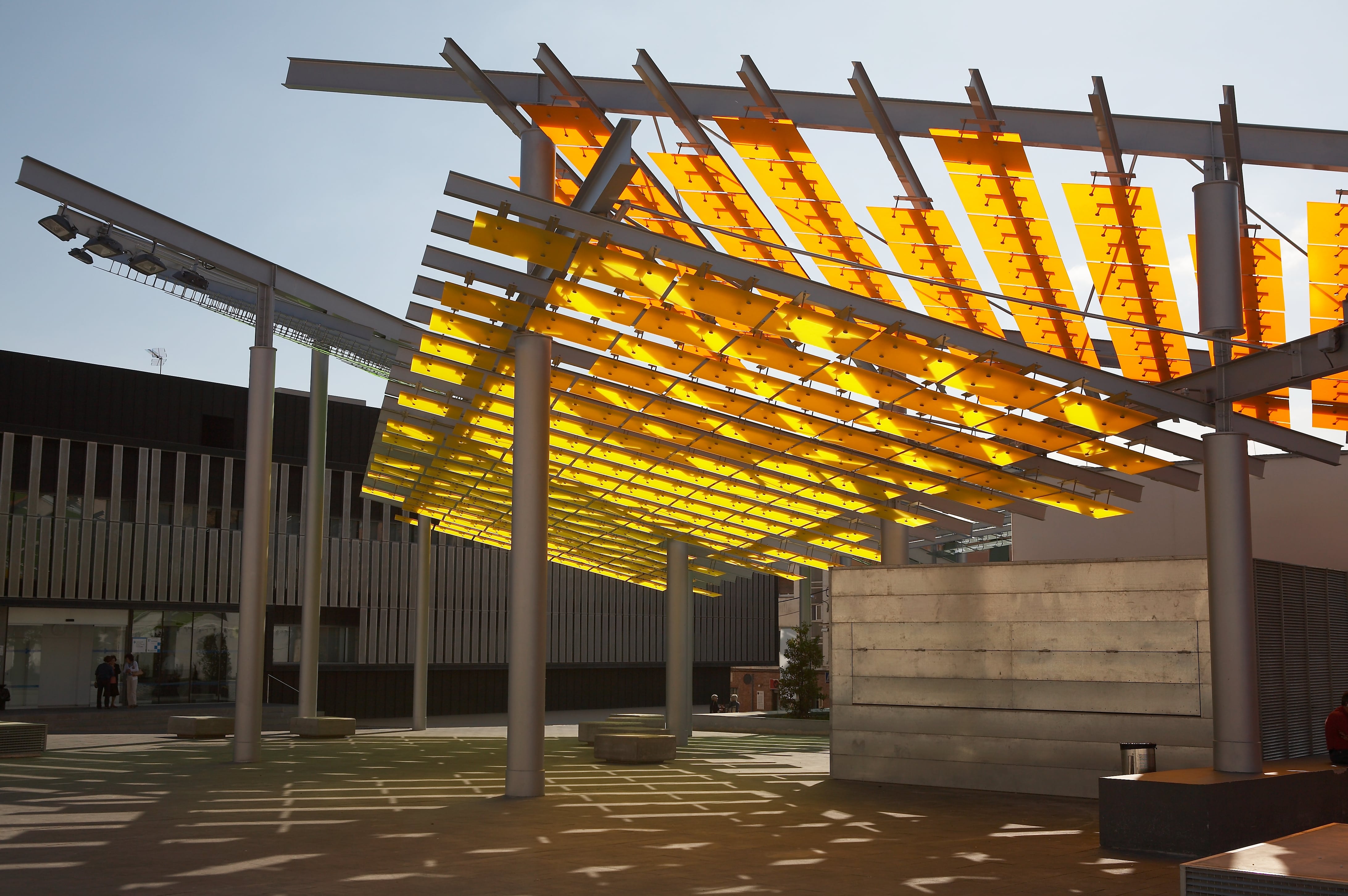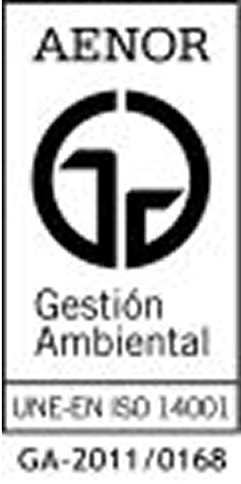Cast / Extruded Acrylic
Maintenance and cleaning of protective screens - PMMA/PC/PETG/PVC

In recent weeks, the use of protection/separation screens made of plastic materials in all types of enclosures has become commonplace. These dividers undergo daily cleaning processes, so to ensure the durability of the part in optimal condition, it is important to follow a series of precautions.
These protective elements are mainly made of methacrylate (PMMA), compact polycarbonate (PC), PETG or PVC and for proper cleaning they require the use of products compatible with thermoplastic. In addition, the process must be carried out with the appropriate tools so as not to damage the surface of the separator irreversibly.
Here are a series of guidelines to follow depending on the operation to be performed:
Cleaning
For the cleaning of these thermoplastic surfaces, the use of clean, soft and moist suede is always recommended. The use of abrasive elements that can scratch the surface, such as scouring pads or brushes, scrapers, etc. It is important to never rub with a dry cloth since a greater amount of static current would be induced, in addition to the risk of damaging the high surface quality of the plate with existing dust, which would act as an abrasive agent. Clean at room temperature, avoid doing so under the action of intense sun and at high temperatures.
Compatible products
Mild soap solutions are compatible with the thermoplastics used in the manufacture of separator screens, provided they are solutions of water with neutral PH soap. Avoid salts or alkaline substances. After applying to the surface, leave it on for a few minutes and rinse with plenty of clean water.
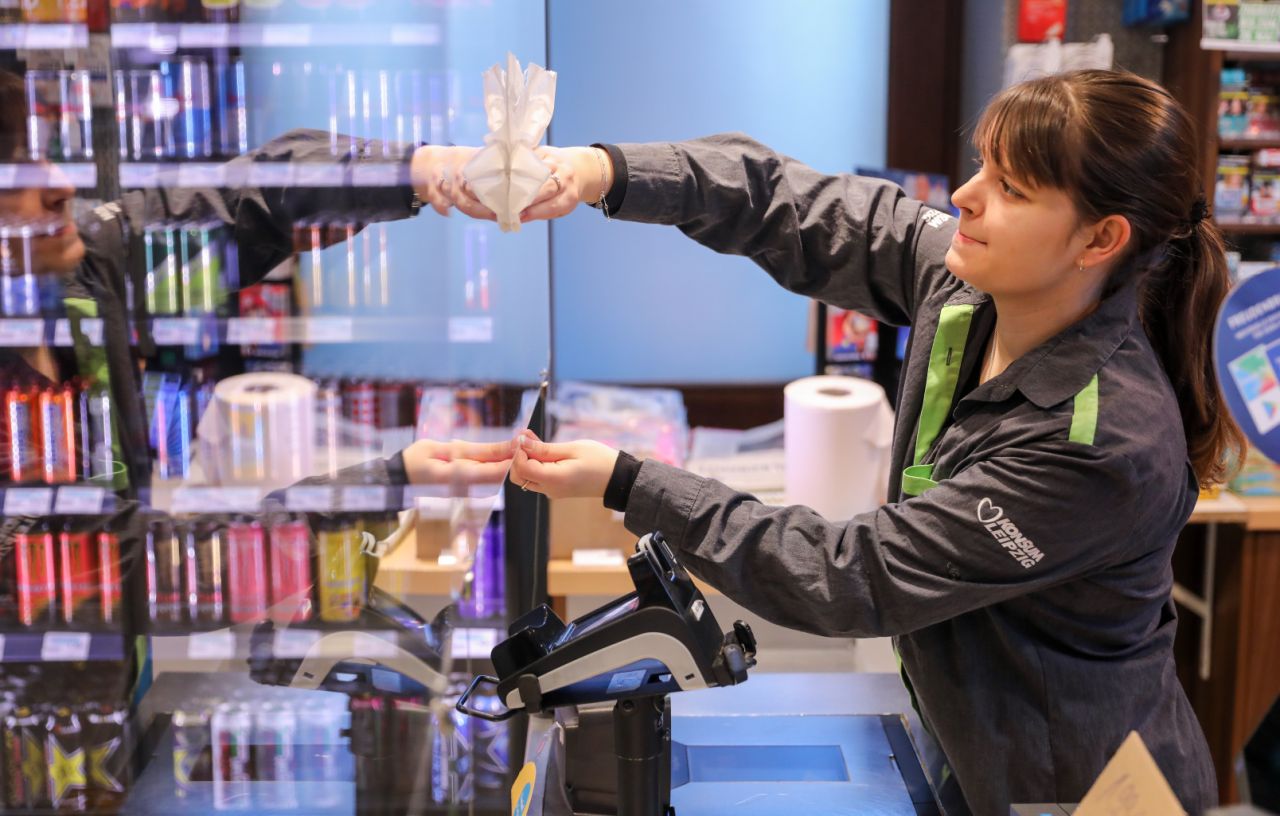
ACRILNET In addition to performing a cleaning function, our antistatic cleaner protects the parts with an antistatic film that reduces the attraction of environmental dust, a common phenomenon given the high electrical resistivity of Polycyril. Suitable for all types of plastics (whether methacrylates, polycarbonates, PETG, PVC, etc.) and plastic or plastic-painted surfaces such as decorative laminates or sunscreen films. Designed to remove grease, oil and dirt, it is sprayed onto the surface to be cleaned.
This antistatic cleaning product consists of an aqueous solution containing:
- 6x10 - 3 parts of phosphoric ester of nonionic surfactant, in acid form.
- 1x10 - 3 parts of bactericide/fungicide based on partially chlorinated heterocyclic compounds.

Household bleaches in solution in water (Sodium hypochlorite as active ingredient) are compatible with these thermoplastics. The dissolution of bleach in water at a concentration of 2% to 5% can be used in both PMMA, PC and PETG. If you want to break the surface tension of this solution, you can add a few drops of neutral soap. Once applied to the surface, leave it on for a few minutes and then rinse with plenty of clean water.
Ethanol or its solution in water at a concentration of 70%, a preparation compatible with PETG and PVC, apply to the surface by lightly soaking a soft suede, or with a spray, rub and leave to dry, without the need to rinse. Methacrylate and compact polycarbonate are not compatible with pure ethyl alcohol or in solution in water. If these products are repeatedly applied to screens made of these materials, their physical properties may be altered, leading to breakage as a result of the appearance of cracks in the surface. Another consequence is the loss of sharpness of the material due to chemical attack.
Aromatic or halogenated solvents such as: Acetone/ Liquid Ammonia/Trichloroethylene are not compatible in any concentration with the materials mentioned above.
Polished and polished
On surfaces made of PMMA, fine surface stripes can be removed by gently rubbing with cotton impregnated with toothpaste. If the stripes are deeper, but without justifying grinding or polishing, they usually disappear using polishing pastes (of the type used for enameled products).
In the case of major repairs, the area will be polished and polished. In this case, fabric discs are used: one with cotton fabric (support for the abrasive paste) and the other with poplin-like fabric (support for the polishing paste).
Recommended speeds:
- Disc diameter 150 mm. 3,200 to 3,800 r.p.m.
- Disc diameter 350 mm. 1,400 to 1,700 r.p.m.
With them, peripheral speeds close to 25-30 m/sec are obtained. It is very important that the fabric discs are not made of synthetic fibers, since the heat generated during the polishing operation melts the fibers of the fabric, stiffening them and forming balls, which scratch the surface of the Polycyril, obtaining the opposite effect to the desired one. Overheating must also be avoided, taking care not to exceed the speeds or the pressure against the disc. This same technique can be used on PETG plates.
Another option in the case of PETG is to perform flame polishing with a normal propane torch or a hot nitrogen soldering iron, precisely maintaining the exact distance between the plate and the heat source. If you get too close, you run the risk of whitening the surface or the material becoming too fluid.
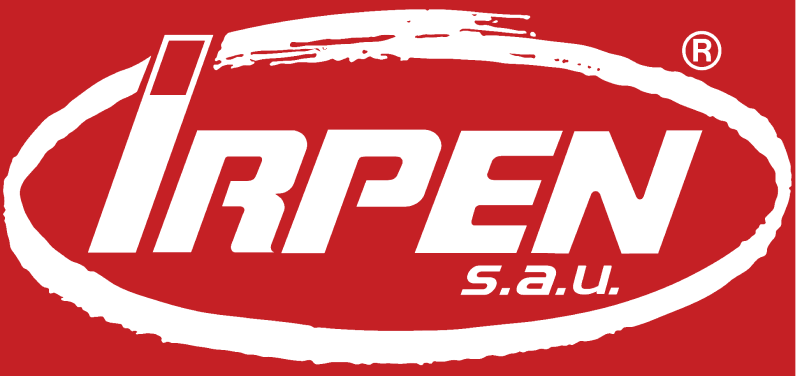





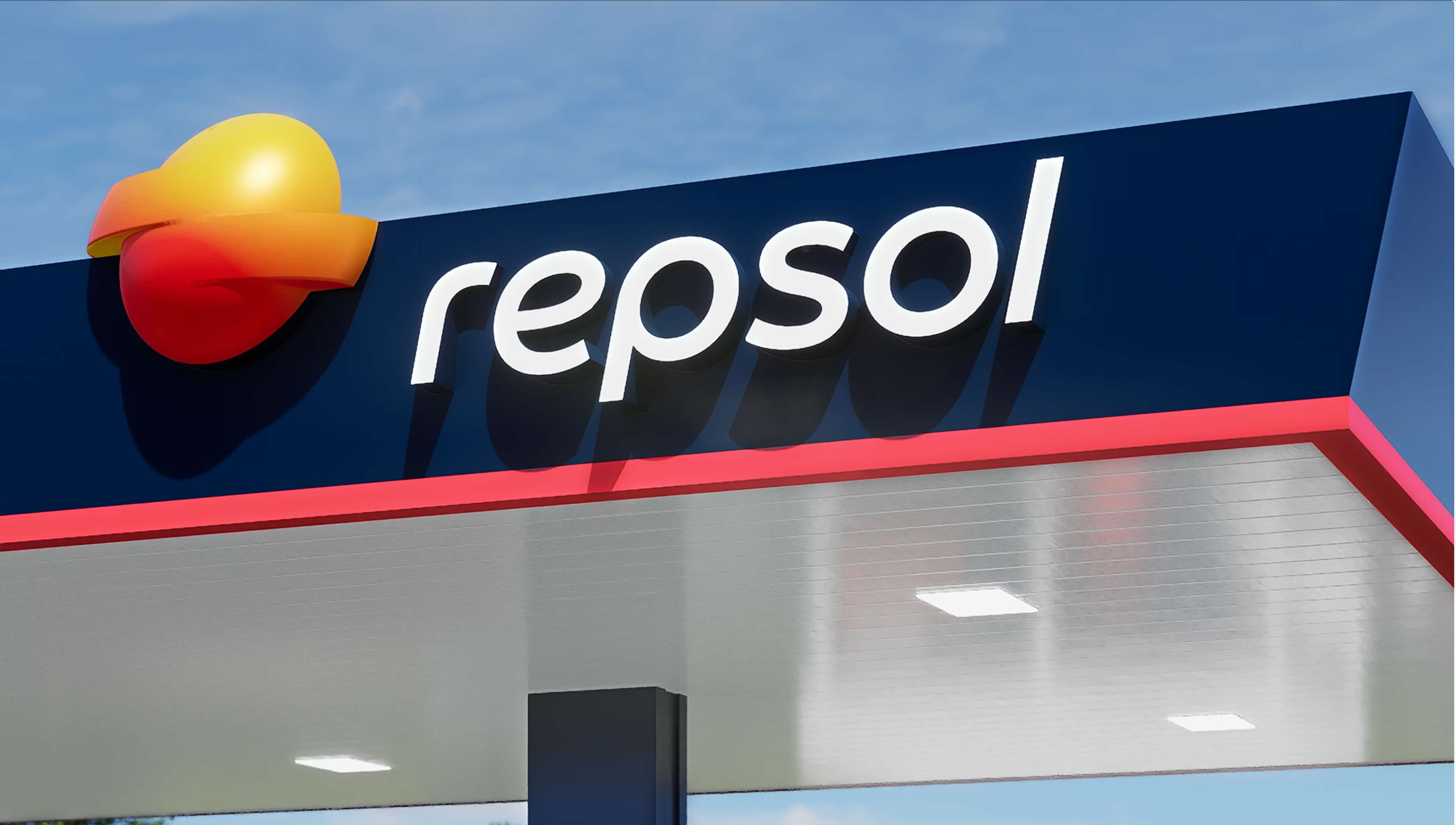

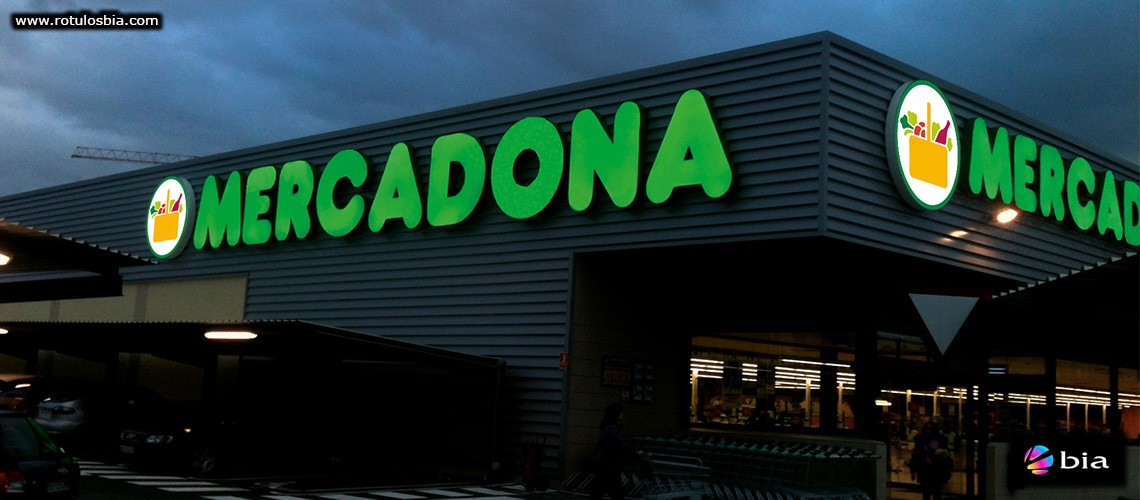

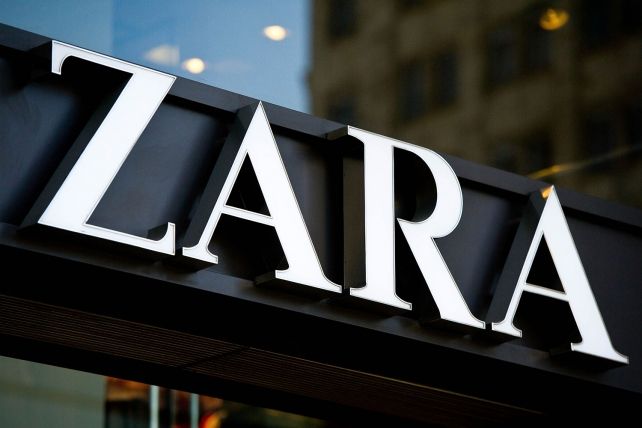
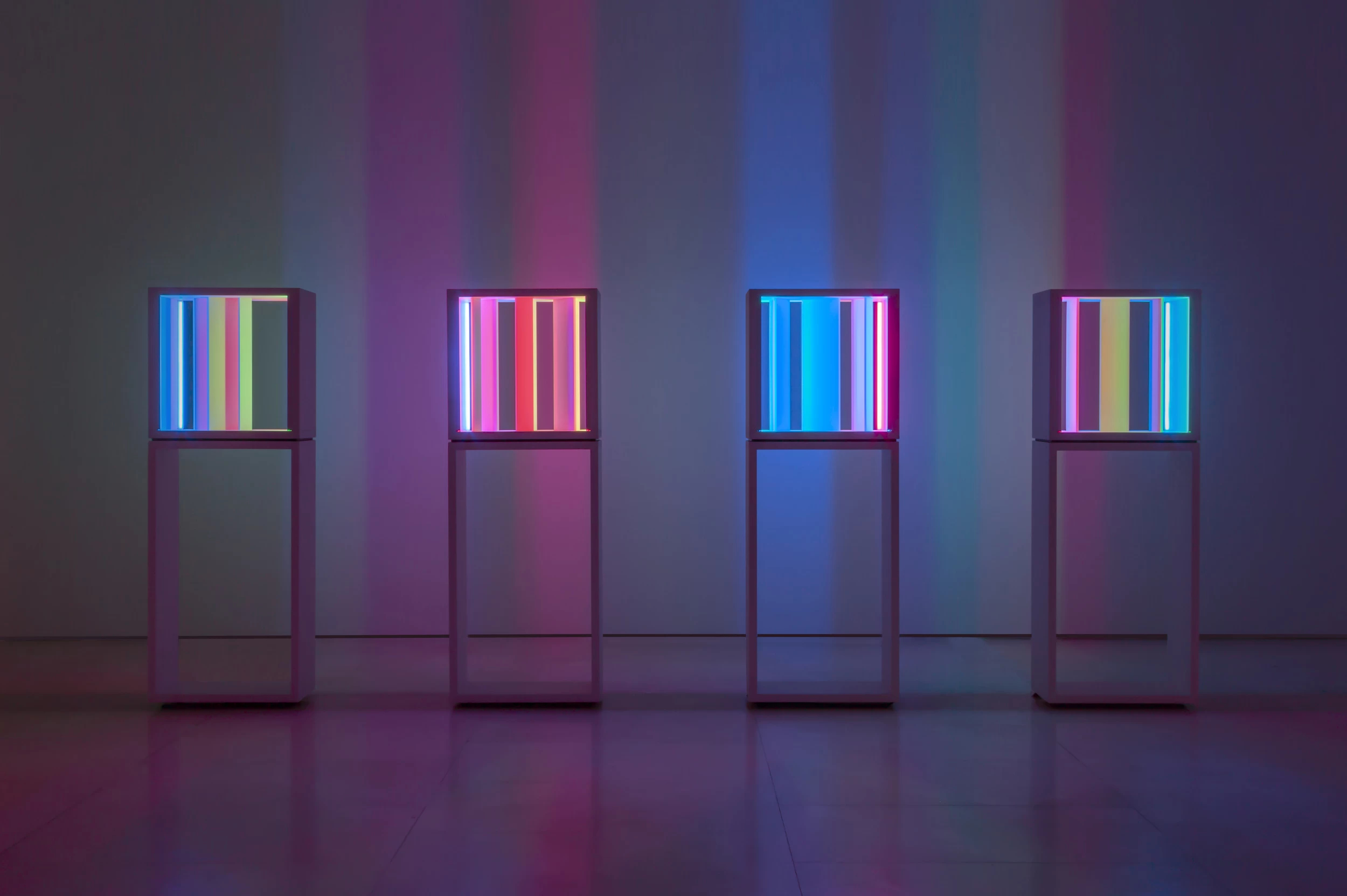

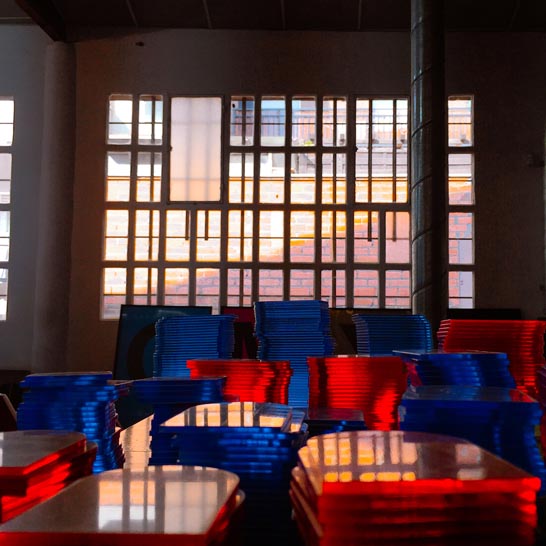
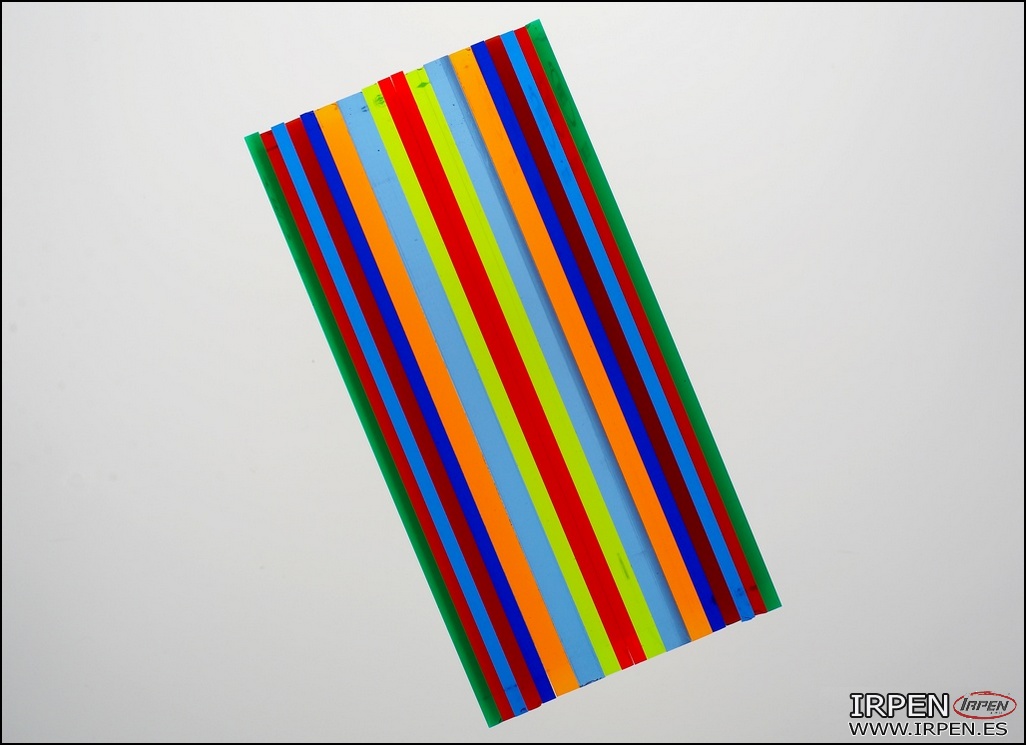
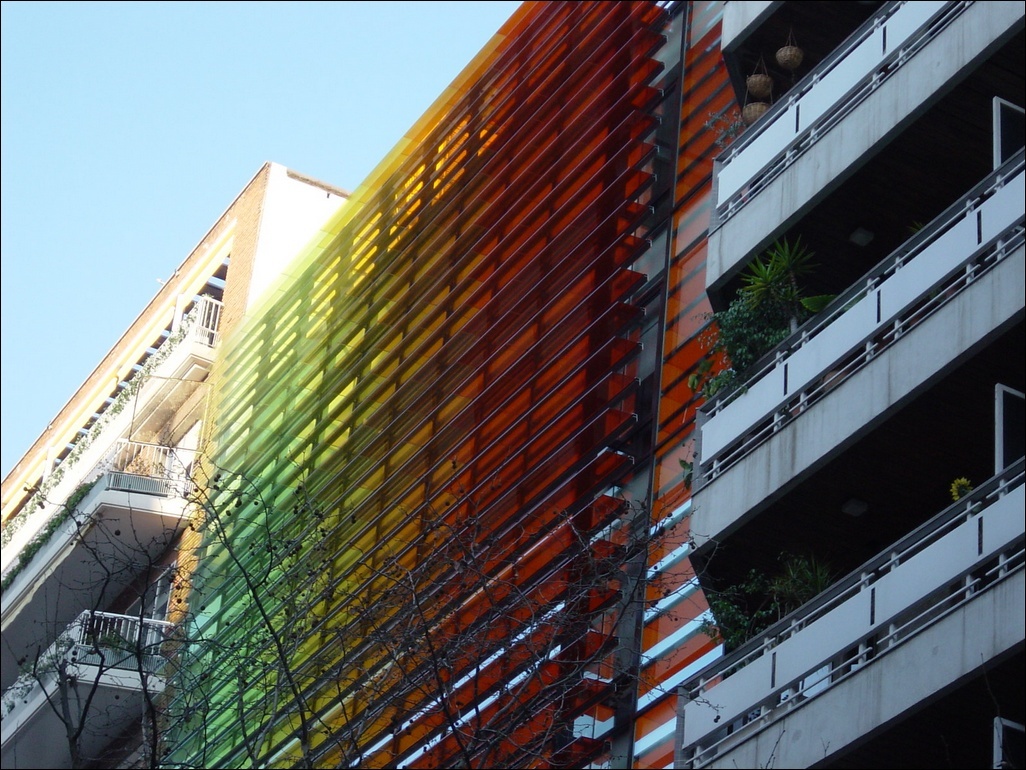
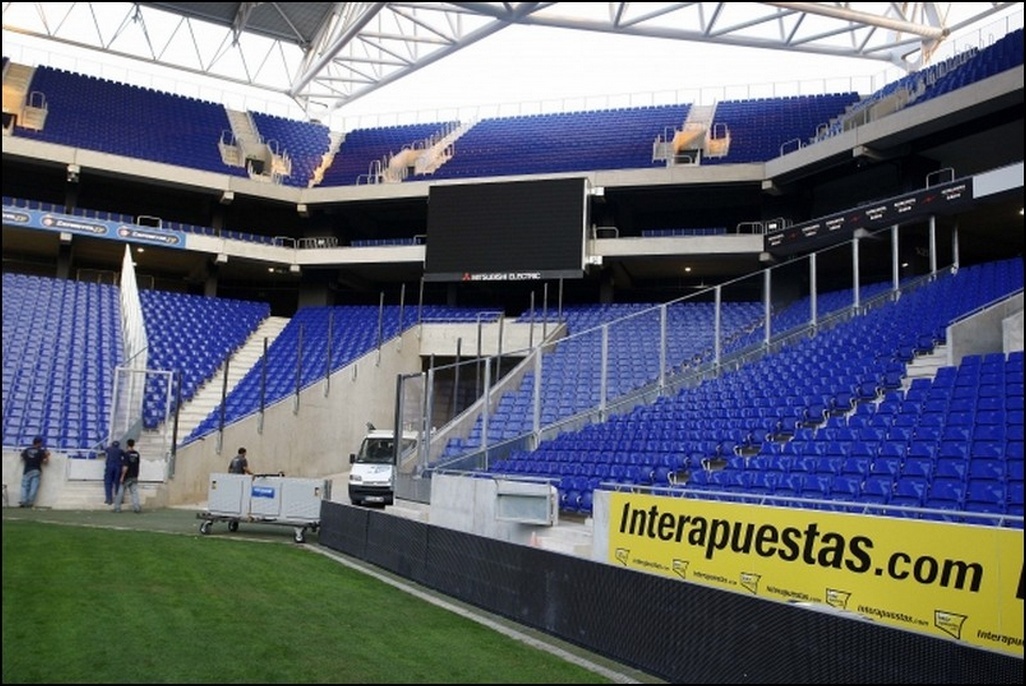
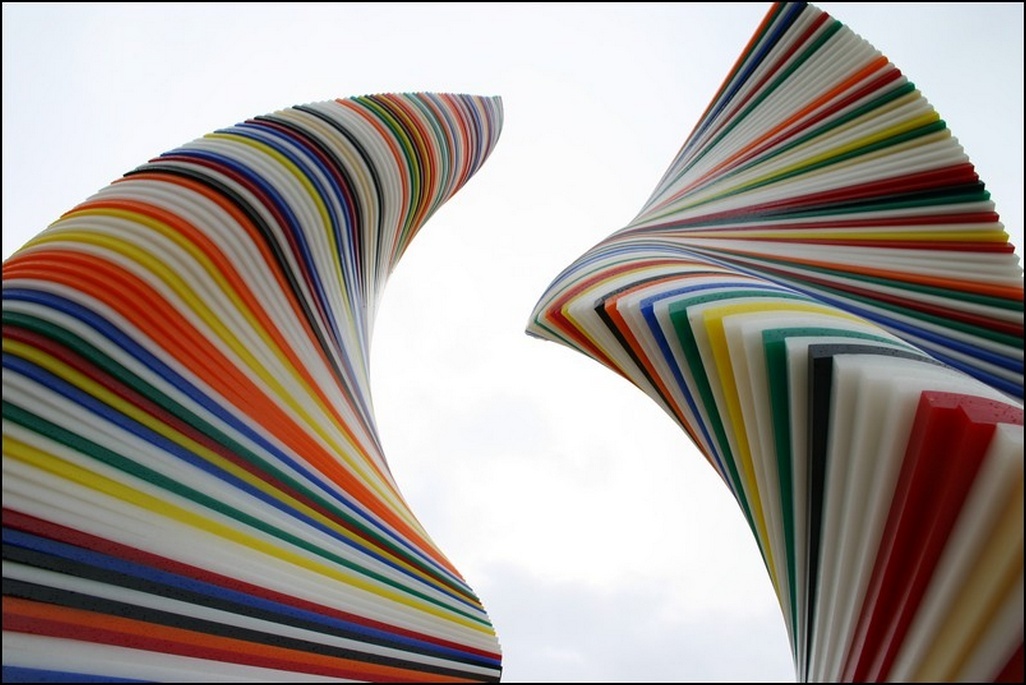
.jpg)

